How to Preserve and Regrow an Aloe Vera Leaf
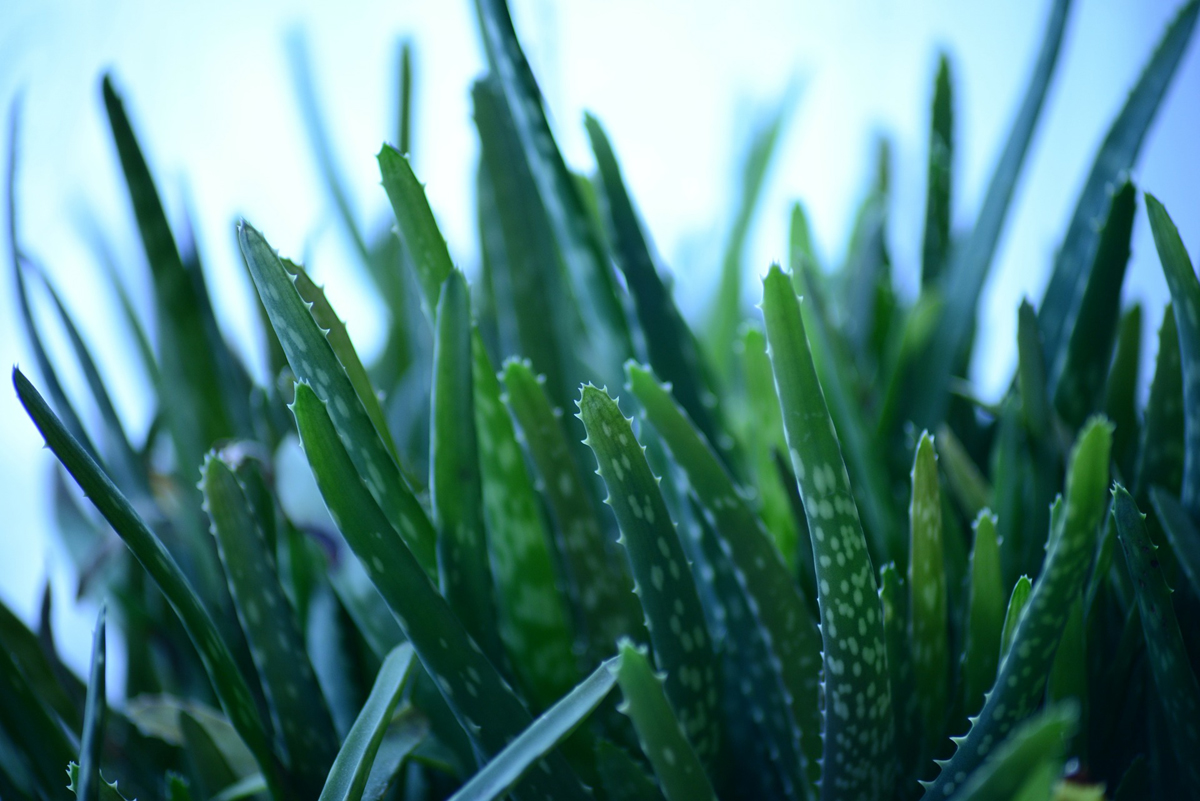
An aloe vera leaf has plenty of uses, aside from treating several skin ailments, the juice can be taken internally to boost the immune system and improve our digestive condition. You can easily make your own juice at home, this way you are sure that you’re getting 100% of the plant’s goodness. A lot of the commercially-prepared products are mixed with preservatives and I’m sure this is the last thing you want. Since the gel oxidizes very quickly once exposed to air, it is very important to learn how to preserve the leaves so you won’t end up wasting them and you can use them for a longer period of time.
>>Aloe Vera Beauty Tips
The first thing you have to do is to freeze the aloe vera leaf and the best way you can do to store and preserve it is to put it in an airtight Ziploc bag. Place it in the freezer. Aloe can be kept indefinitely if frozen. If you would like to defrost it, do not dare heating it. Just take out the leaf from the freezer and let it defrost at room temperature. This may take hours. Soak the leaf and then wash it. Scrub it if you have to and then put it in a clean dry jar. Fill the jar with apple cider vinegar and close the lid tightly and refrigerate it. This can last for several months in your fridge.
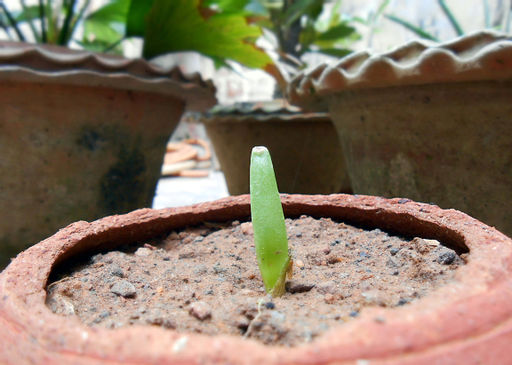
If you want to regrow a broken aloe vera leaf, you can do this easily by drying it until a thin layer of skin grows over the moist sap. If you are in a rush, a few hours will do but if you want the best results, leave it to dry for 3 days. Fill a pot with sandy loam mixture or cactus soil and then insert the broken leaf. Make sure that the damaged side faces down 1/3 of the way into the soil. Water it but just until the soil is a little bit moist. For the first four weeks, keep the soil moist and not soaked while the aloe leaf is transplanting. Don’t worry if the leaf shrinks and dry up as it develops roots. After a month when the plant has developed roots, water it once a month and place it in a spot where it can get sunlight. If you are living in a cold climate, more the pot away from the window during the evenings.
The Author:
Sherise Hyman-Embrey




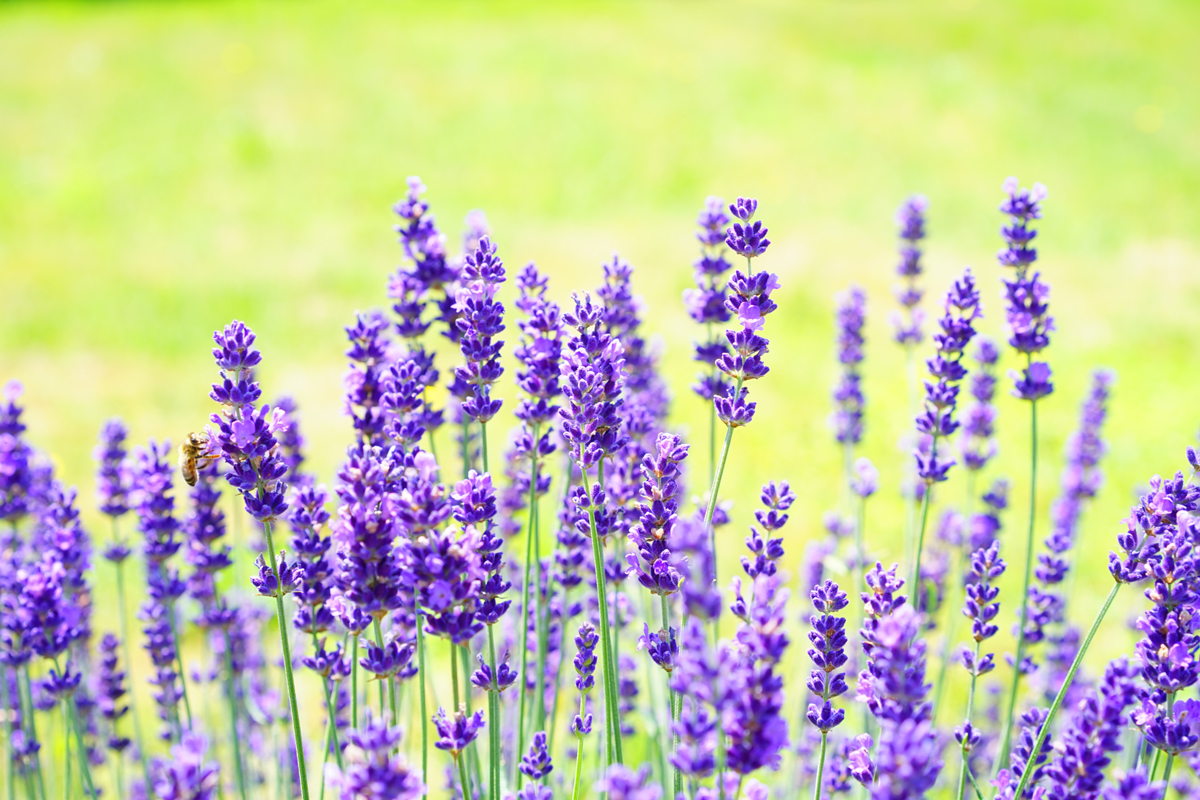

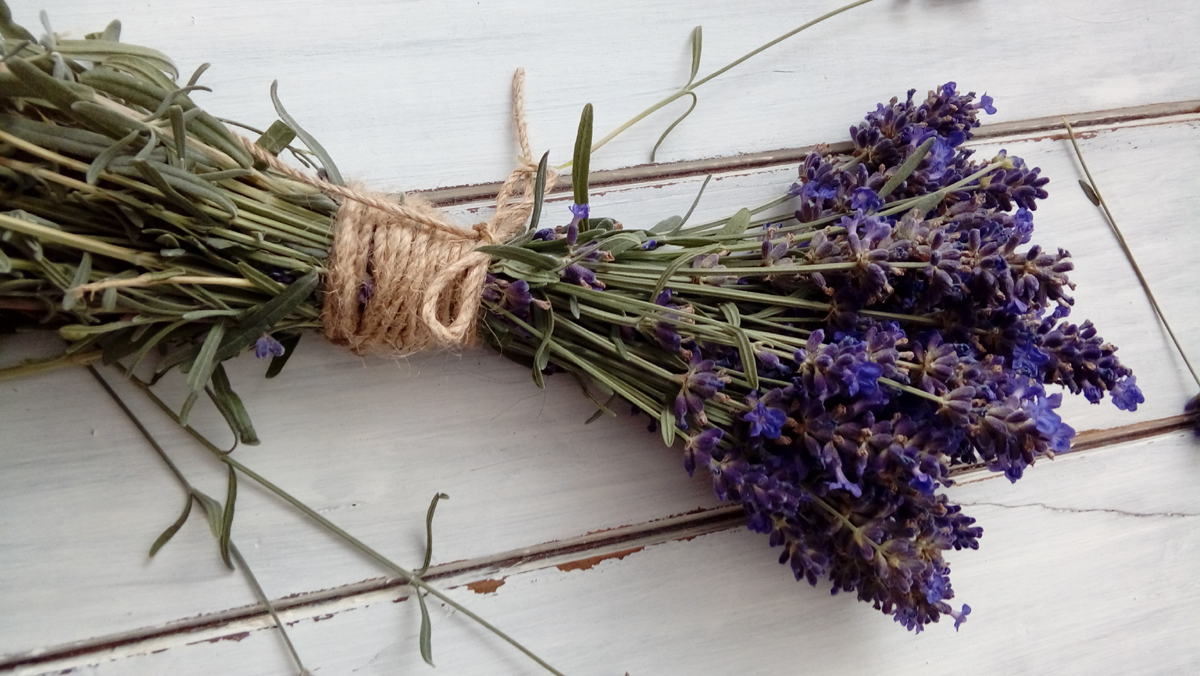
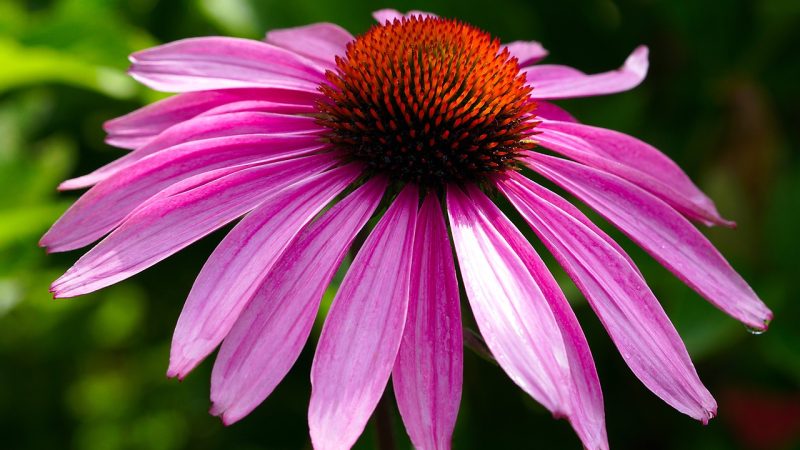
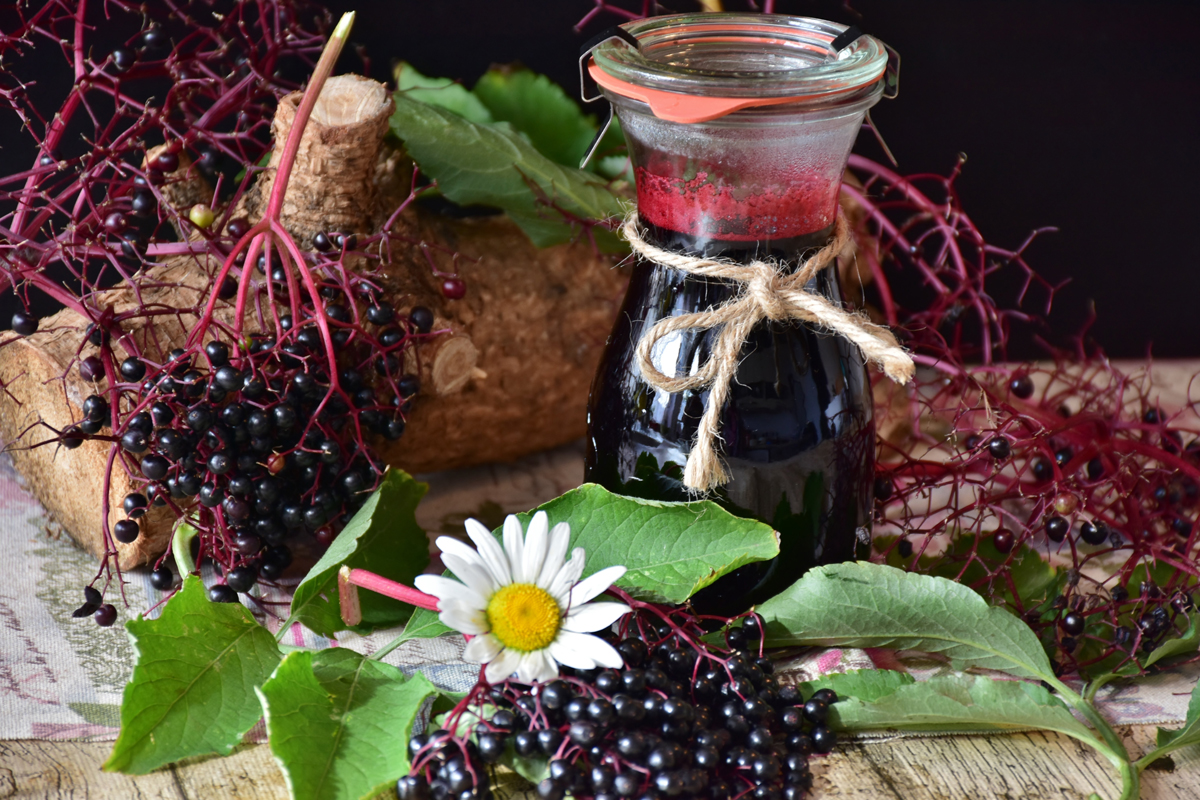
Thank you for passing this along. I have an aloe vera plant that has been looking very dry on the bottom and someone did say to only water once a month so I will do that from now on.:)
Wow… I have sooooooooooo been overwatering my poor plant. Really only once a month? I would think the soil as dry as flour by two weeks.
It’s easy to overwater aloe vera since it thrives in dry conditions. Adjusting your watering schedule to once a month should help the plant stay healthy.
June, you’re welcome! Keeping in mind that aloe vera is a desert plant, watering it once a month can help prevent over-hydration and promote healthier growth. Remember to also give it plenty of sunlight!
Thanks for the tips, I was hoping leaves that have broken can be re-planted.
Any other tips, please share with me.
Lois
You’re welcome! Broken aloe vera leaves can definitely be replanted. Give them some time to callous over before placing them in well-draining soil. Keep them in indirect sunlight and water sparingly to promote successful regrowth.
I want to regrow broken aloe Vera leaves can I use Miracle Gro potting soil which I have at home or should I buy cactus soil as you stated in the article.
Another Thanks for this post. I have a pretty large aloe plant I adore and just broke off a leaf tonight. Had no clue on propagating aloe as a cutting, or in my case, a broken stem, so was very happy to find your website with the info I was looking for!
Keep up the great work Pioneer Thinking! 🙂
Kelly, I’m glad you found the information helpful! Aloe vera cuttings or broken stems can indeed be propagated and regrown. Just make sure to follow the instructions provided in the article and create an ideal environment for the cutting to root. Best of luck with your broken stem and your beloved aloe plant!
hi Patricia, You can use Miracle Gro potting soil for your aloe vera, but it’s important to amend it with perlite or sand to improve drainage. Cactus soil is already formulated with better drainage, making it a suitable option if you want to simplify the process.
Hello,
I have had to cut off frost-bitten leaves from an aloe plant I found abandoned.
Is there an inexpensive home remedy for sealing the ends of the remaining leaf stubs, other than agricultural sulpher?
Thanks,
Kind regards,
Scott
Hi Scott, Yes, there are a few inexpensive home remedies you can try to seal the ends of the remaining leaf stubs on your aloe plant. One option is to use natural substances such as honey or aloe vera gel itself. Honey has antimicrobial properties and can act as a natural sealant, while aloe vera gel can help soothe and protect the cut ends. Simply apply a thin layer of either substance to the cut ends and allow it to dry before placing the plant in a suitable potting mix. Remember to avoid using any chemical-based sealants.
Best of luck with your aloe plant!
I have a question…my wife has an aloe plant and my step son broke it…can it be redone
Hi Eric, Yes, it is possible to regrow an aloe plant from a broken leaf. Start by allowing the broken leaf to dry for a few days to prevent it from rotting. Then, place the broken end of the leaf in a well-draining potting mix and lightly water it. Keep the soil slightly damp, but not overly wet. With proper care and patience, the broken leaf should eventually develop roots and new growth. Just ensure that it receives adequate sunlight and avoid overwatering.
I hope this helps!
You’re welcome, Sarah! You may also not have heard of it because it’s more marketed as an anti-aging product but if I remember correctly, the way it works is it helps balance out your skin’s microbiome, which apparently helps acne too. 👍😊
I think there might have been a mix-up in comments. The previous discussion was about preserving and regrowing aloe vera leaves, specifically regarding sealing the ends and regrowing the plant. However, I appreciate your input on the benefits of aloe vera for skincare. Its enzymatic properties can indeed make it effective as an exfoliant, helping to remove dead skin cells and promoting a smoother complexion.
Thank you for sharing your knowledge!
It has enzymatic properties, so it works well as an exfoliant.
Hi, While we appreciate your comment about aloe vera’s enzymatic properties as an exfoliant, it seems to be slightly unrelated to the previous discussion. We were discussing methods for preserving and regrowing aloe vera leaves. However, your point about aloe vera’s exfoliating abilities is valid. Its enzymes can help gently remove dead skin cells, revealing a fresher and brighter complexion.
Thank you for your input!